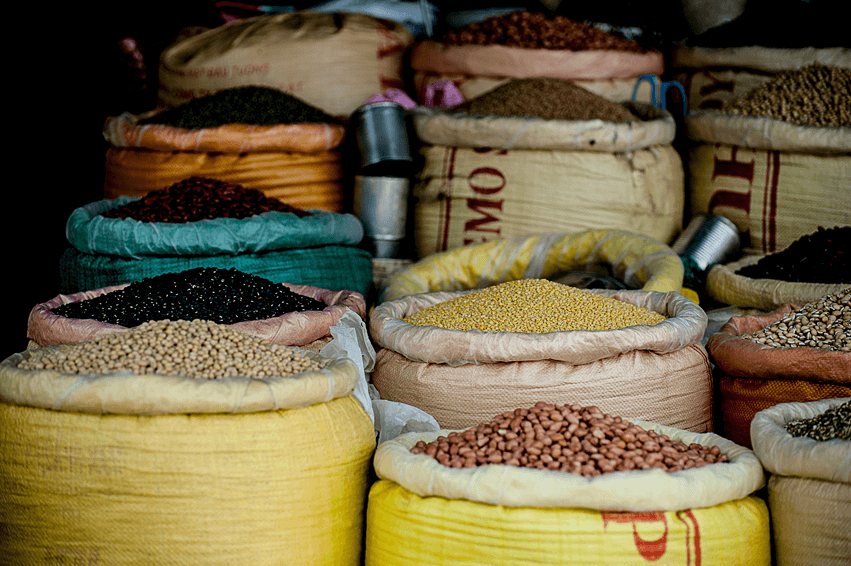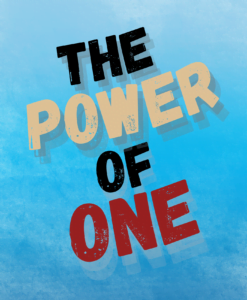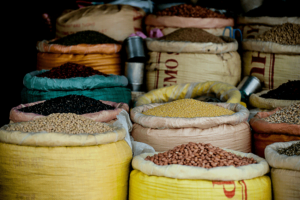Get Lean & Strong: Easy Ways to Get More Plant-Based Protein
Introduction to High Plant-Based Protein Foods
When it comes to maintaining a healthy and fit body, incorporating high protein foods into your diet is essential. Protein is a macronutrient that plays a crucial role in various bodily functions, including building and repairing tissues, supporting muscle growth, and boosting metabolism. In this guide, you will learn everything you need to know about high protein foods, their benefits, sources, and how to incorporate them into your daily meals.
Introduction to High Plant-Based Protein Foods
Protein is often referred to as the building block of life, and for a good reason. It is essential for the growth, repair, and maintenance of cells, tissues, and organs in our bodies. For individuals on a health and fitness journey, protein is particularly important as it aids in muscle development and recovery. When you engage in physical activities such as weightlifting or endurance training, your muscles undergo microscopic damage. Protein helps repair these damaged muscle fibers, leading to muscle growth and increased strength.
Protein also plays a vital role in weight management. It has a high satiety value, meaning it keeps you feeling fuller for longer. By including high protein foods in your meals, you can curb your appetite and reduce cravings, making it easier to maintain a healthy weight. Additionally, protein has a higher thermic effect compared to carbohydrates and fats, which means your body burns more calories during the digestion and absorption process.
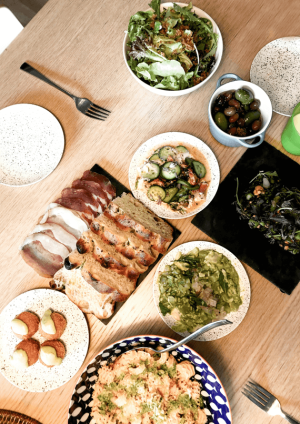
Additionally, protein is essential for maintaining healthy hair, skin, and nails. The amino acids found in protein are the building blocks of these structural components, ensuring they remain strong and vibrant. Protein also plays a crucial role in the production of enzymes, hormones, and antibodies, all of which are necessary for optimal bodily function.
Benefits of High Protein Foods
Incorporating high protein foods into your diet comes with a multitude of benefits. Firstly, protein helps to increase lean muscle mass and strength. By providing the necessary building blocks for muscle repair and growth, high protein foods allow you to achieve your fitness goals more effectively. Furthermore, protein has been shown to enhance post-workout recovery by reducing muscle soreness and promoting faster healing.
Another advantage of consuming high protein food is their ability to boost metabolism. Protein has a higher thermic effect compared to other macronutrients, which means it requires more energy to digest and absorb. This increased calorie expenditure can contribute to weight loss or maintenance, making high protein foods an excellent choice for individuals looking to shed pounds.
How Much Protein Do You Need?
The recommended daily intake of protein varies depending on factors such as age, sex, weight, and activity level. As a general guideline, it is recommended to consume between 0.8 to 1 gram of protein per kilogram of body weight. However, if you are engaged in regular exercise or strength training, you may need to increase your protein intake to support muscle growth and recovery.
To calculate your protein needs, simply multiply your weight in kilograms by the recommended protein intake range. For example, a sedentary adult weighing 70 kilograms would require approximately 56 to 70 grams of protein per day. It is important to note that this is a general recommendation, and individual needs may vary. It is always advisable to consult with a healthcare professional or registered dietitian for personalized guidance.
Sources of Plant-Based Protein
Contrary to popular belief, protein is not solely derived from animal sources. There are several plant-based foods that are rich in protein and can be easily incorporated into your diet. Here are some excellent sources of plant-based protein:
Legumes
Legumes, such as lentils, chickpeas, and black beans, are not only packed with protein but also high in fiber. They are a versatile ingredient that can be used in a variety of dishes, from soups and stews to salads and spreads. Legumes are also a cost-effective way to increase your protein intake while keeping your grocery bill in check.
Grains
Quinoa, brown rice, and amaranth are examples of grains that offer a substantial amount of protein. These grains are not only nutritious but also gluten-free, making them suitable for individuals with dietary restrictions. Incorporating whole grains into your meals will not only provide you with protein but also fiber, vitamins, and minerals.
Nuts and Seeds
Nuts and seeds are a great source of healthy fats and also a good source of protein. Almonds, walnuts, chia seeds, and hemp seeds are just a few examples of nutrient-dense options that can be added to your meals or enjoyed as snacks. They can be sprinkled on salads, blended into smoothies, or used as a topping for yogurt and oatmeal.
Soy Products
Soy products, such as tofu, tempeh, and edamame, are complete protein sources, meaning they contain all the essential amino acids our bodies need. These versatile ingredients can be used in a variety of dishes, from stir-fries and curries to salads and sandwiches. Incorporating soy products into your diet is an excellent way to increase your protein intake while enjoying a wide range of flavors and textures.
Vegetables
While not as high in protein as other sources, certain vegetables can still contribute to your overall protein intake. Broccoli, spinach, Brussels sprouts, and peas are examples of vegetables that contain a decent amount of protein. By incorporating a variety of vegetables into your meals, you can ensure you’re getting a well-rounded nutrient profile, including protein.
Incorporating High Protein Foods into Your Diet
Now that you are aware of the various sources of high protein foods, let’s explore how to incorporate them into your daily meals. By being mindful of your meal planning, incorporating protein snacks, and utilizing protein shakes and smoothies, you can effortlessly boost your protein intake.
Meal Planning
Planning your meals in advance is an excellent way to ensure you are consuming enough protein throughout the day. Start by identifying your protein sources and then create a meal plan that includes a variety of high protein foods. For example, you could have grilled chicken breast with roasted vegetables for dinner, lentil soup with a side of quinoa for lunch, and Greek yogurt with nuts and berries for breakfast. By planning your meals, you can take the guesswork out of what to eat and ensure you are meeting your protein goals.
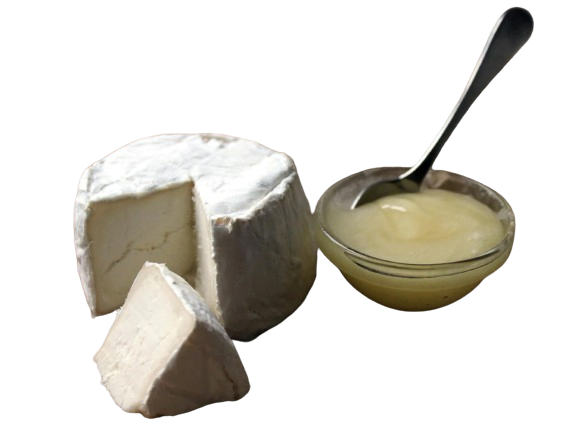
Protein Snacks
Snacking on protein-rich foods can help keep you satisfied between meals and prevent overeating. Opt for snacks such as Greek yogurt, cottage cheese, or protein bars. These snacks are portable, convenient, and can be easily incorporated into your busy lifestyle. Keep a stash of protein-rich snacks at work or in your bag, so you always have a healthy option on hand when hunger strikes.
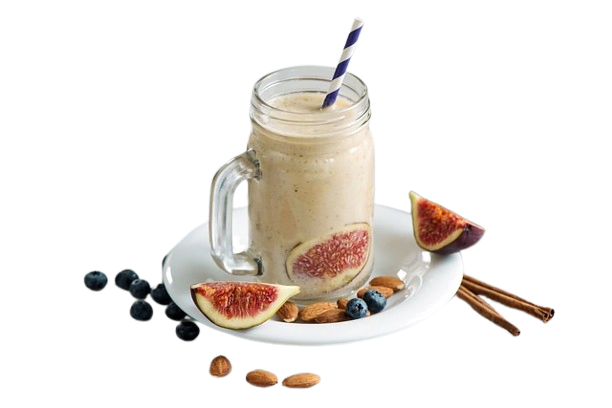
Protein Shakes and Smoothies
Protein shakes and smoothies are an effortless way to increase your protein intake, especially on busy days or after intense workouts. Choose a high-quality protein powder that aligns with your dietary preferences, such as whey, casein, or plant-based options. Blend the protein powder with your choice of fruits, vegetables, and liquid, such as almond milk or water, to create a delicious and nutritious shake or smoothie. This quick and easy option allows you to enjoy a protein-rich meal or snack on the go.
High Protein Food Recipes
To help you incorporate high protein foods into your diet, here are some recipe ideas for each meal:
Meal Ideas
- Protein Pancakes: Mix protein powder, oats, egg whites (optional), and almond milk to create a pancake batter. Cook the pancakes on a non-stick pan and top with Greek yogurt and berries.
- Lentil Curry: Cook lentils with curry paste, coconut milk, and vegetables such as carrots and peas. Serve over a bed of brown rice for a satisfying and protein-packed meal.
Snack
- Energy Balls: Combine oats, nut butter, protein powder, and honey to form a dough. Roll into bite-sized balls and refrigerate until firm.
- Roasted Chickpeas: Drain and rinse canned chickpeas, then toss them with olive oil and seasonings such as paprika, garlic powder, and cayenne pepper. Roast in the oven until crispy.
Desserts
- Protein-packed Chocolate Pudding: Blend silken tofu with cocoa powder, honey, and vanilla extract until smooth. Chill in the refrigerator for a few hours before serving.
- Peanut Butter Protein Cookies: Mix peanut butter, protein powder, honey, and oats to form a dough. Shape into cookies and bake until golden brown.
Tips for Maximizing Protein Absorption
To make the most of the protein you consume, follow these tips for maximizing absorption:
Pairing Protein with Other Nutrients
Pairing protein with carbohydrates or healthy fats can slow down digestion, allowing for better absorption of amino acids.
Cooking Techniques
Certain cooking techniques can increase the bioavailability of protein. Opt for methods such as grilling, baking, or steaming instead of frying. These methods preserve the integrity of the protein while minimizing the addition of unhealthy fats.
Timing of Protein Intake
Distributing your protein intake evenly throughout the day can optimize muscle protein synthesis. Aim to have a source of protein with each meal and snack. This ensures a steady supply of amino acids for muscle repair and growth.
Common Misconceptions about High Protein Foods
There are several misconceptions surrounding high protein foods that need to be addressed. Firstly, consuming large amounts of protein will not automatically result in significant muscle gains. Building muscle requires a combination of adequate protein intake, regular resistance training, and sufficient rest and recovery.
Another misconception is that high protein diets are harmful to kidney health. While individuals with pre-existing kidney conditions should consult their healthcare provider, there is no evidence to suggest that high protein diets cause kidney damage in otherwise healthy individuals.
It is also important to note that plant-based sources of protein can provide all the essential amino acids our bodies need. By incorporating a variety of plant-based protein sources into your diet, you can meet your nutritional needs without relying solely on animal products.
Potential Risks and Precautions
While high protein diets are generally safe for most individuals, there are a few precautions to keep in mind. It is important to stay hydrated when consuming a higher protein intake, as protein metabolism requires water. Additionally, individuals with certain medical conditions, such as liver or kidney disease, may need to monitor their protein intake and consult with a healthcare professional.
Conclusion
Incorporating high protein foods into your diet is a powerful way to boost your health and fitness journey. Protein plays a crucial role in muscle development, weight management, and overall bodily function. By embracing a variety of plant-based protein sources, planning your meals, and utilizing protein snacks and shakes, you can effortlessly increase your protein intake and enjoy the numerous benefits it offers. Remember to pair protein with other nutrients, utilize optimal cooking techniques, and distribute your protein intake throughout the day for maximum absorption. With this ultimate guide, you now have the knowledge and tools to fuel your body with high protein foods and take your health and fitness to new heights.

